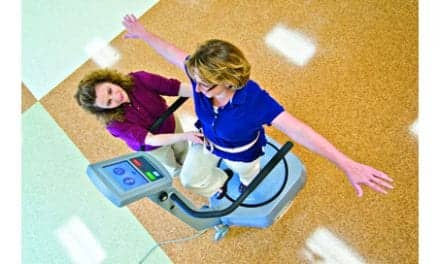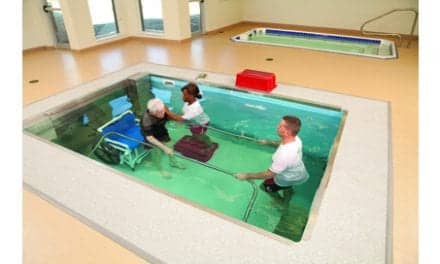A study on rats has reportedly revealed the potential cause of the involuntary muscle contractions that patients with severe spinal cord injuries (SCIs) frequently suffer, according to researchers at the University of Copenhagen. The findings appear in the Journal of Neuroscience.
A news release issued by the University of Copenhagen – The Faculty of Health and Medical Sciences, reports that 3,000 Danish patients sustain severe SCIs following traffic accidents or accidents at work. Yet, despite the paralysis, several patients experience issues with involuntary muscle contractions or spasms that can impair quality of life.
According to the release, research suggests a group of cells in the spinal cord begin supplying serotonin in an uncontrolled way postinjury, and this “knocks the motor system of out control.”
Jacob Wienecke, associate professor and neurophysiologist, explains, “We now have a qualified idea of why the serotonin level goes out of control, and we have documented that a special serotonin-producing enzyme plays a key role. By targeting the specific enzyme, in the long term we will be able to devise new methods of treatment when we are trying to impact functions in the nervous system.”
The release notes that the enzyme aromatic L-amino acid decarboxylase (AADC) plays a key role in the production of the neurotransmitter serotonin. Wienecke states that in the first days following injury to the spinal cord, there is a very rapid regulation of AADC which results in the uncontrolled production of serotonin.
“It is our guess that this is the spinal cord’s emergency response trying to boost the enzyme’s capacity,” Weinecke says.
The researchers add that this may be the same emergency response which causes the involuntary movements—dyskinesia—that are also experienced by patients with Parkinson’s disease. However, for Parkinson’s patients, researchers say, it is the dopamine system that is impacted; yet the enzyme that activates the emergency response is the same.
The results offer an interesting perspective, according to Weinecke, who adds that they will also hopefully help focus efforts on targeting treatments specifically at the AADC cells.
In the release, Weinecke concludes, “Finding a solution to the problem is no easy task. However, a lot suggests that regulating serotonin production more precisely could mitigate undesirable spasms while also supporting the rehabilitation of controlled movements. So far, the study has been carried out on rats, but we have reason to believe that the same mechanisms apply in humans.”
[Source: University of Copenhagen – The Faculty of Health and Medical Sciences]





